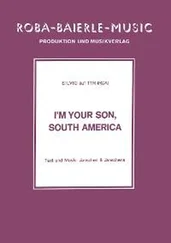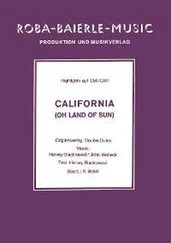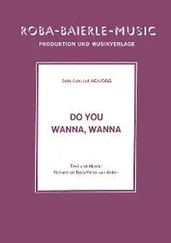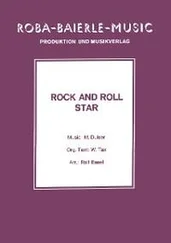spent a large part of his life in Milan and Trier. Whether Suffrein (whose thesis
sought primarily to demonstrate the importance of Libourne as far back as Ro-
man times) was influenced by Jean Cantenat, who renamed his estate with the
unpronounceable name of Rocblancan as “Ausone” in around 1781, or was instead
inspired by the research findings of local historians and amateur archaeologists,
is something we will probably never know. One thing is certain: during this pe-
riod, various other estates in the region (Pétrus, Conseillante and Beauséjour)
also gained finer-sounding (and thus more tempting) names. This small digres-
sion should not be viewed as an accusation of the falsification of history, but is
rather simply designed to illustrate how fact and fiction are often intertwined in
Bordeaux.
Since the most important Atlantic port in southern France came to be in Bor-
deaux, the ocean is still shaping its destiny today, and Bordeaux became the
northernmost part of south-western France to continue successfully growing
fine red wine – for Bordeaux is on the Atlantic, and not on the Mediterranean or
even the Amazon despite many opinions to the contrary! True Bordeaux locals
never go out without a cap and an umbrella, not to mention the local women
who are constantly on the alert and generally under cover, always holding onto
their skirts when walking through the city: if Billy Wilder had filmed ‘Some Like
It Hot' in Bordeaux rather than New York in 1959, Marilyn Monroe's lovely knees
could have been exposed without the need for subway grating. Here the west
wind howls, bringing rain, gales and legendary summer storms, the weather is
sometimes so capricious that the mercury gets the hiccups, and without check-
ing the weather report it is impossible to know whether you should be pulling on
a T-shirt or a woollen jumper, in the height of summer or the depths of winter.
‘A true Bordelais', as I was told with a raised finger by none other than Jacques
Chaban-Delmas, ‘never goes out walking without an umbrella'. I did it anyway
and turned up at an appointment to interview the city's legendary former may-
or soaked to the skin, dripping on the polished and waxed parquet floor of the
city hall like fresh laundry throughout our conversation. On 4 August 2003, the
thermometer here shot up to an exuberant 40.7 degrees Celsius, but on 8 August

16
HistoryBordeaux melting pot
1924 it remained stuck at just 1.5 degrees. However, even the greatest climatic up-
heavals can be tolerated whenever there are riches to be made. Mankind peered
at Bordeaux's legendary terroirs like Moses peered at God in Mann's trilogy ‘Jo-
seph and His Brothers', and thus helped them into existence. Resourceful minds
adapted the terroir to their needs and people also adapted to suit the terrior (or
less concisely: after Armenians or Greeks or Mesopotamians or whoever accus-
tomed the vine – a climbing plant from shaded forests – to the alkaline clay and
limestone soils and the burning sun and persuaded it to produce grapes which
could be made into wine, the Gallo-Romans who had already begun making wine
on the right bank but also wanted to produce it on this side of the river, adapted
the plants to the acidic soils and cheerfully damp climate on the left bank of the
Garonne). They therefore created terroir in its broadest sense, terroir consisting of
time and space, terroir made from history and nature, terroir, inextricably linked
to humans and their destiny.
The Bordeaux melting pot
More than a single lifetime would be required to investigate the thousand-
year family tree of a thoroughbred Bordelais. The Bituriges, who according to
legend founded Burdigala and introduced Vitis Biturica (the first ancestor of
Cabernet), were not the only contributors to the archetypal Bordeaux blood-
line. Novem Populi was the name of a south-western Roman province where
nine peoples were supposed to have settled. In fact it was not nine but nearly
thirty tribes who accepted Roman rule more or less willingly and with it, almost
inevitably, Roman genes: love is blind, not pure-bred. Over the centuries they
were joined by Visigoths and Saracens, Britons (themselves a mixture of Angles,
Saxons and Normans), followed by the Jews, Navarrese and Lombards, along
with the Dutch, Irish and Scots, not forgetting the Hanseatic and Baltic peoples
as well as South Sea Islanders, North Africans, Senegalese, Italians, Spaniards
and Portuguese: for 2,000 years Bordeaux has been a trade city, as cosmopolitan
as Hong Kong, Rio and New York put together, and has long been a magnet for
anyone in search of wealth and success.
Bordeaux has never got anywhere in military terms – people dominated here
not by the sword but rather with plough and sickle or abacus and stylus. The Ro-
mans never had a garrison here, remaining in Blavia (Blaye) on the right bank of
the Gironde. Citizens adapted to conquerors in public and were decadent in se-
cret. The dark chapter of the Second World War with its submarine port, depor-
tation station and Maurice Papon, Secretary General of the Gironde from 1942
to 1944 who was convicted of being an accomplice to crimes against humanity
in a sensational trial in 1998, and of the world of wine which disintegrated into
collaborators, emigrants and silent victims and which suffered from a severe
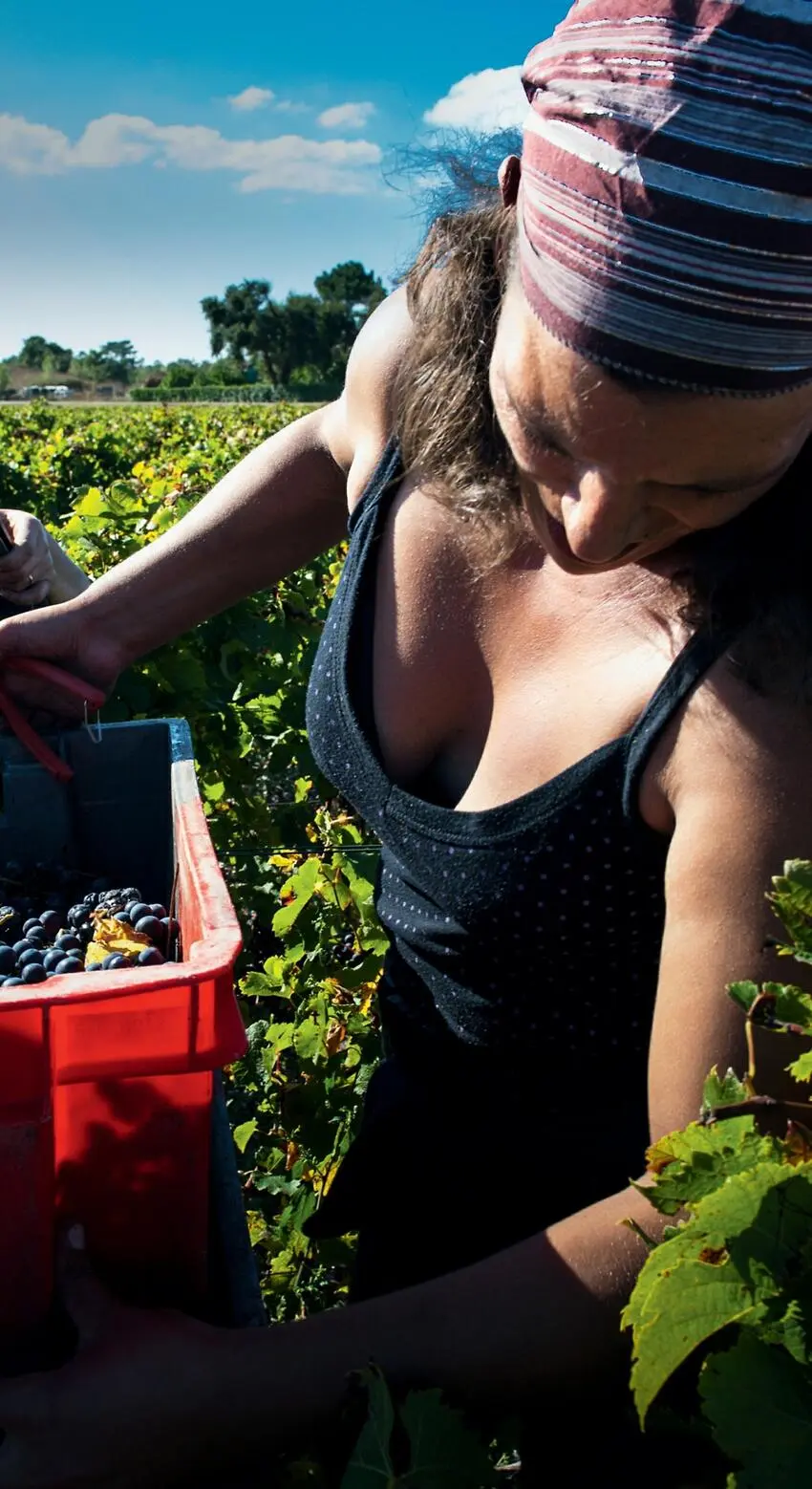
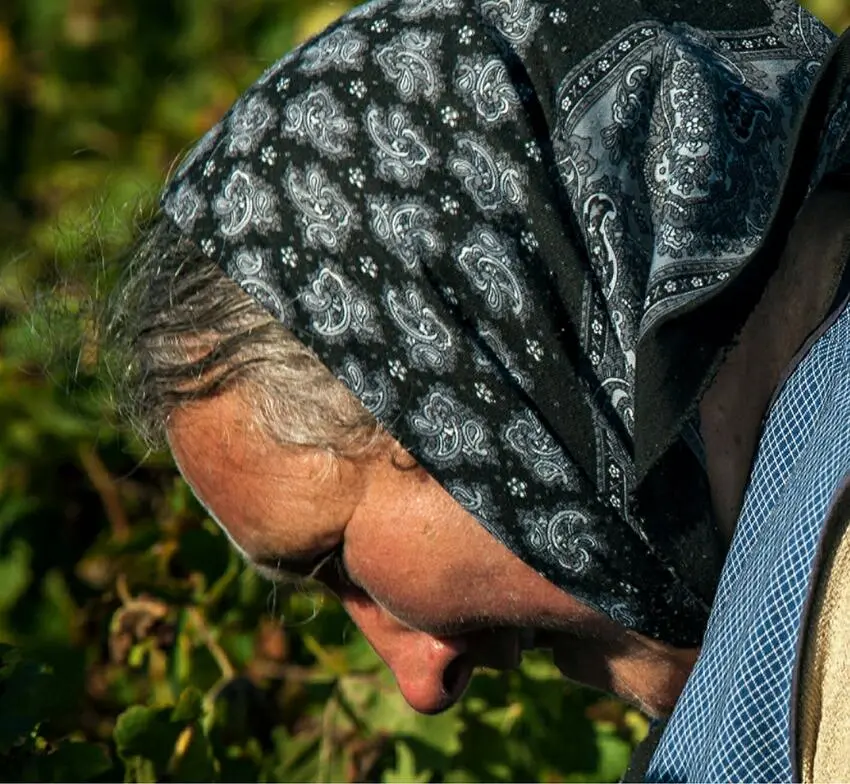
18
shortage of manpower, is an inglorious story that has not yet been fully told:
Bordeaux prefers to leave its evil spirits alone and its bodies deeply buried. How-
ever, its reputation was never truly damaged: even the worst characters were
unable to resist the otherworldly charms of the wine and its native land, like
the allure of a lady of easy virtue. Bordeaux is a city which runs wild in beauti-
ful finery during the day and then at night is redolent of the demimonde like a
perfume that bewitches the senses.
It is ironic that the Bordelais have a woman – Eleanor of Aquitaine – to thank
for making wine into such an all-powerful asset, because for a long time, the
Bordelais would not even allow women into their cellars for fear of them turn-
ing the grape juice sour. But these same Bordelais would happily squander their
money in the city's brothels or the city theatre (which was built in 1738 only
to burn down 17 years later, leading to the construction of the current Grand
Théâtre by the architect Victor Louis, now a major attraction of this city that
was named a World Heritage Site in 2007). And these same Bordelais would
conclude their transactions –generally in private alcoves – so loudly that the few
real culture lovers persuaded the king's intendant to establish France's first pub-
lic park, or Jardin Public, in Bordeaux in 1746, where good male society could
finally swagger in the open air or the shade of the Atlas cedars.
Читать дальше







